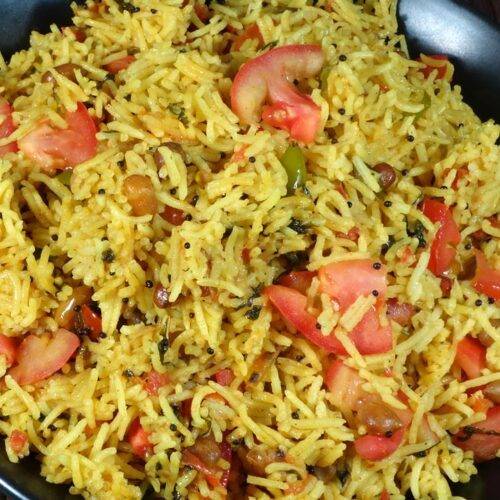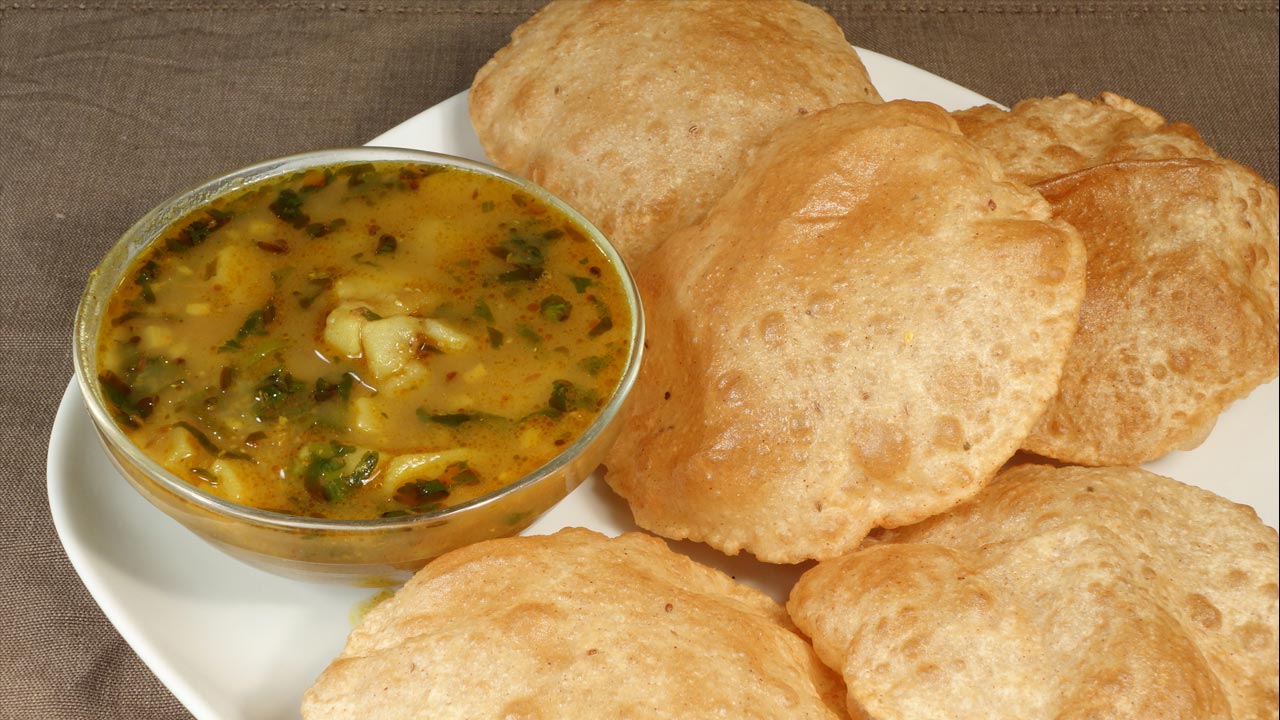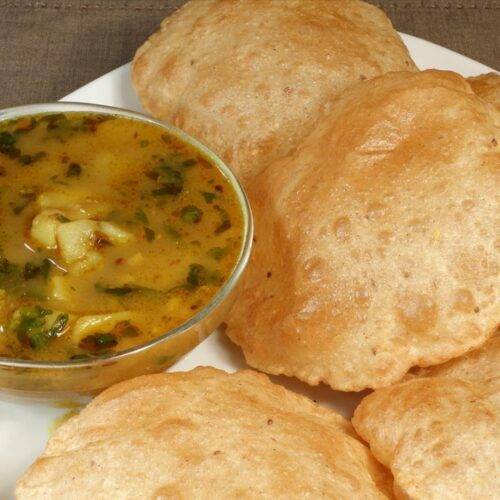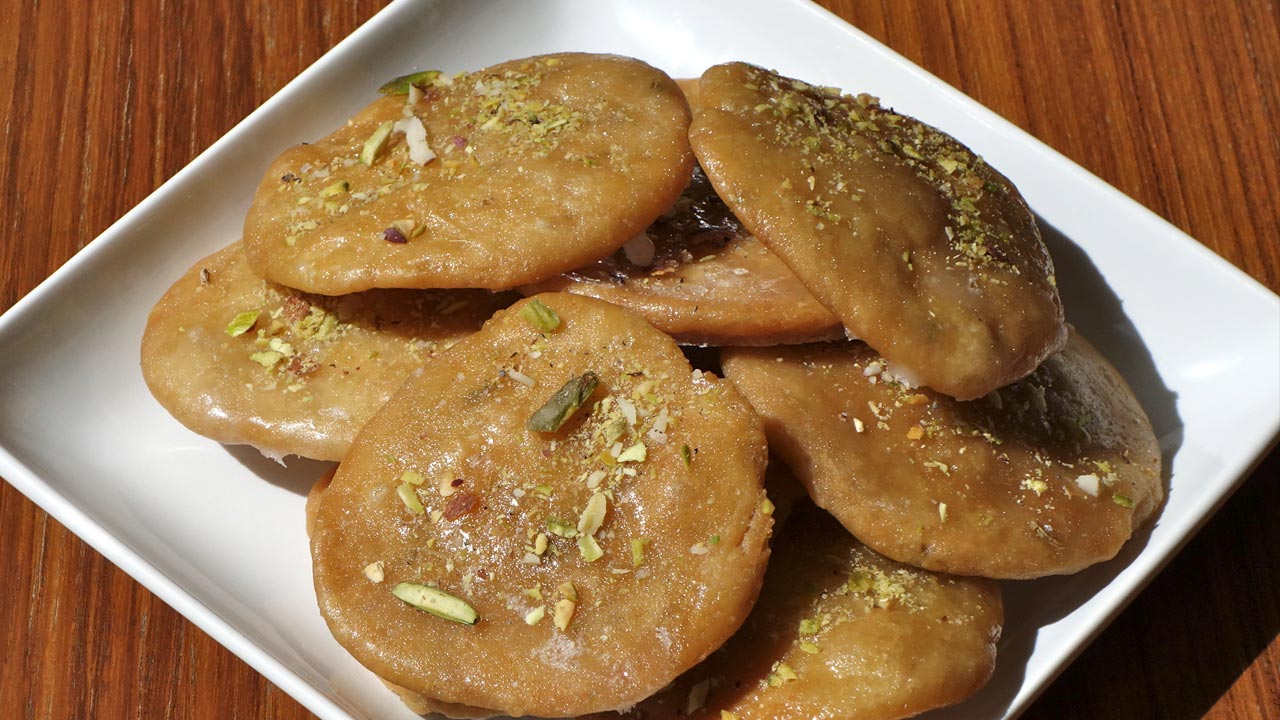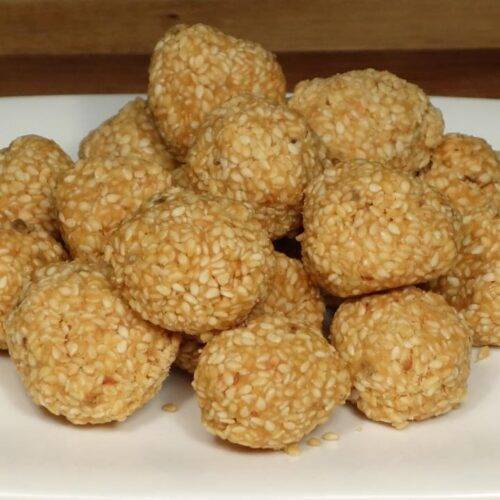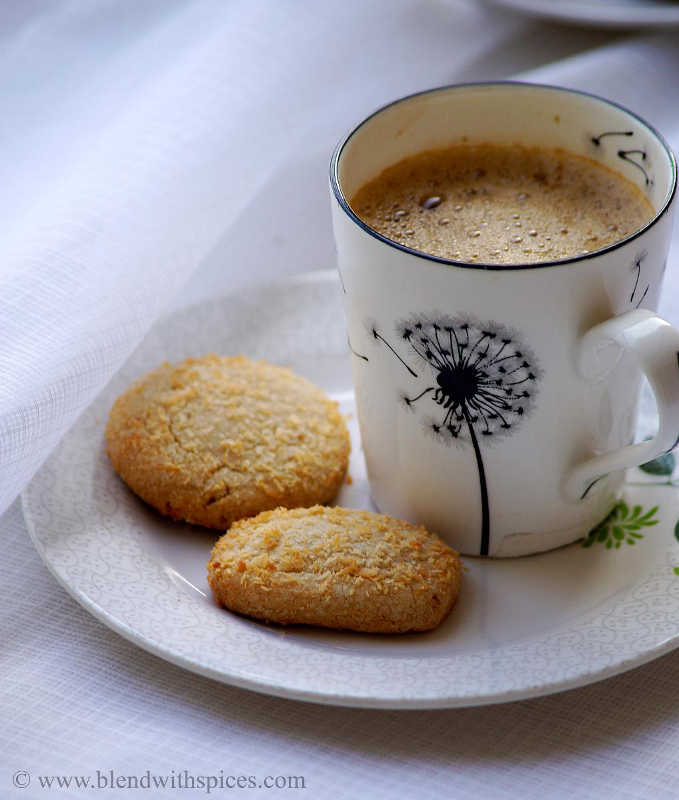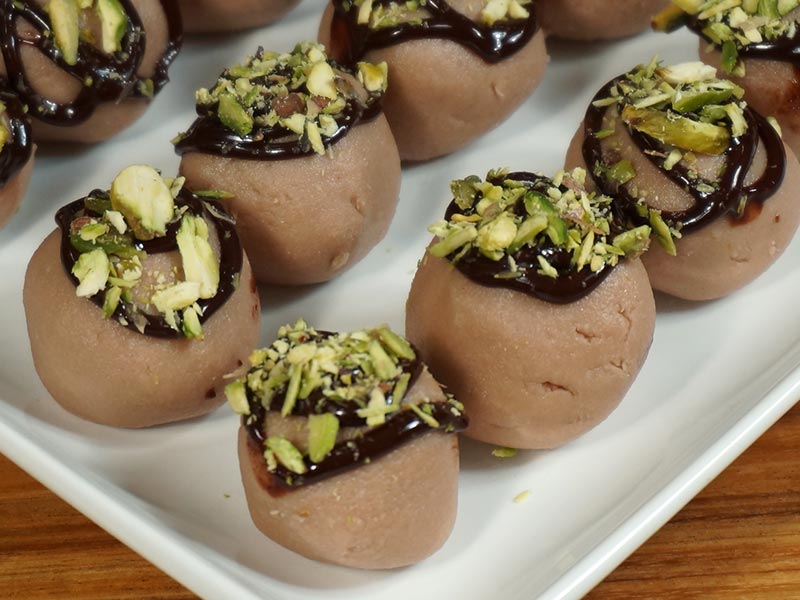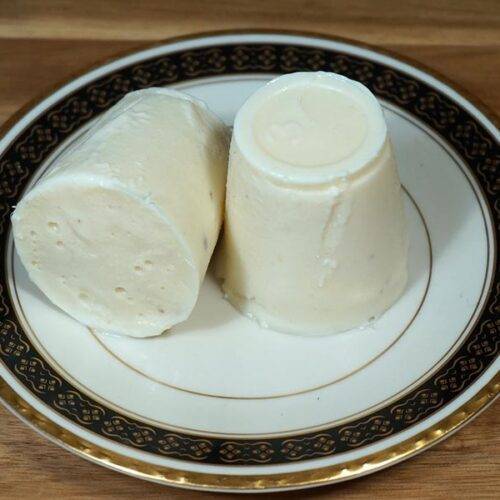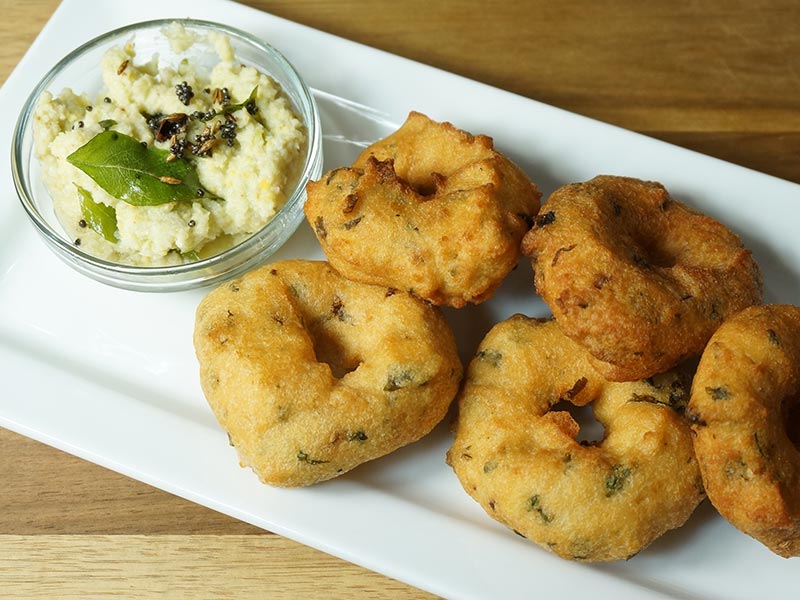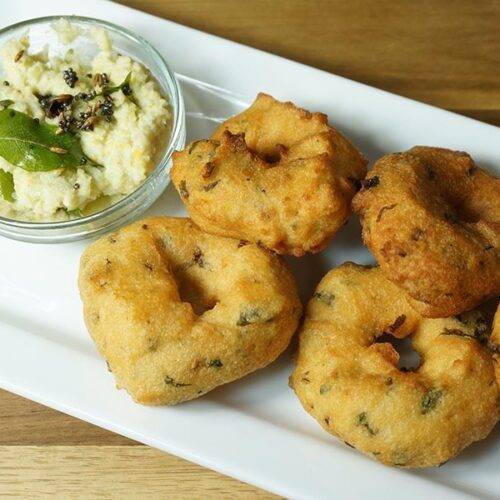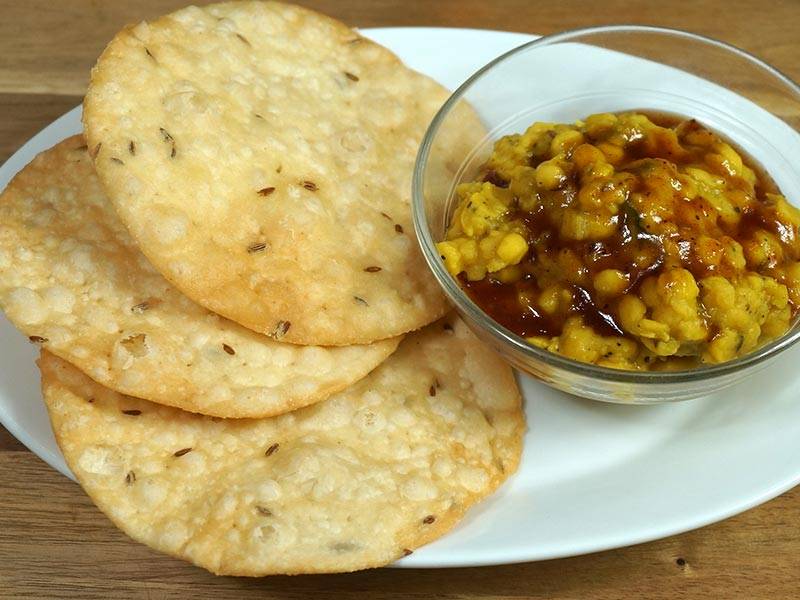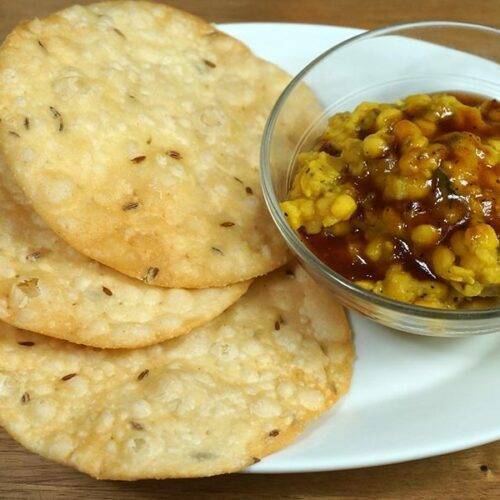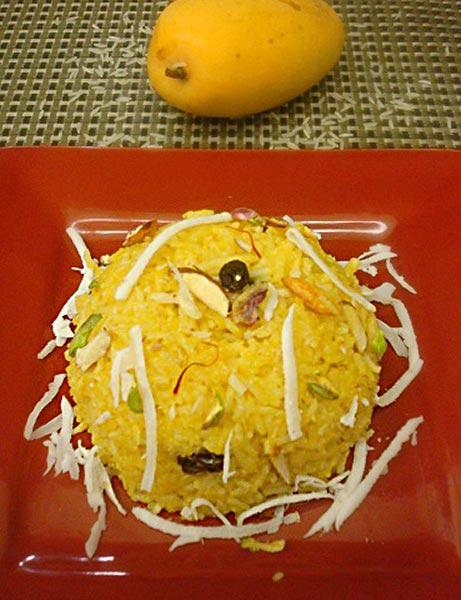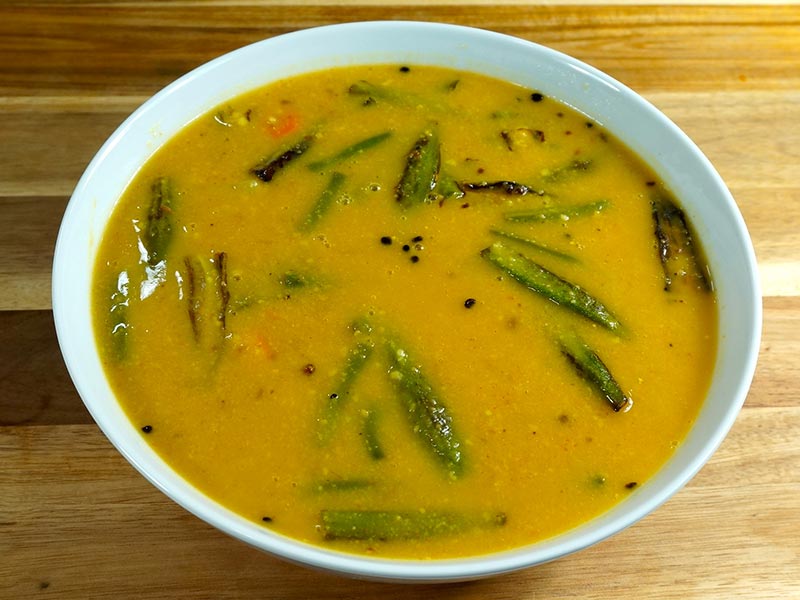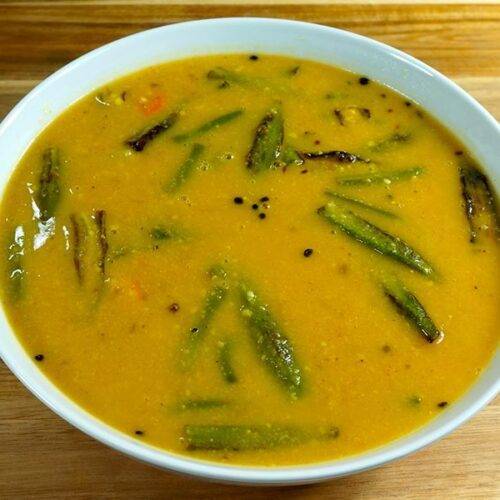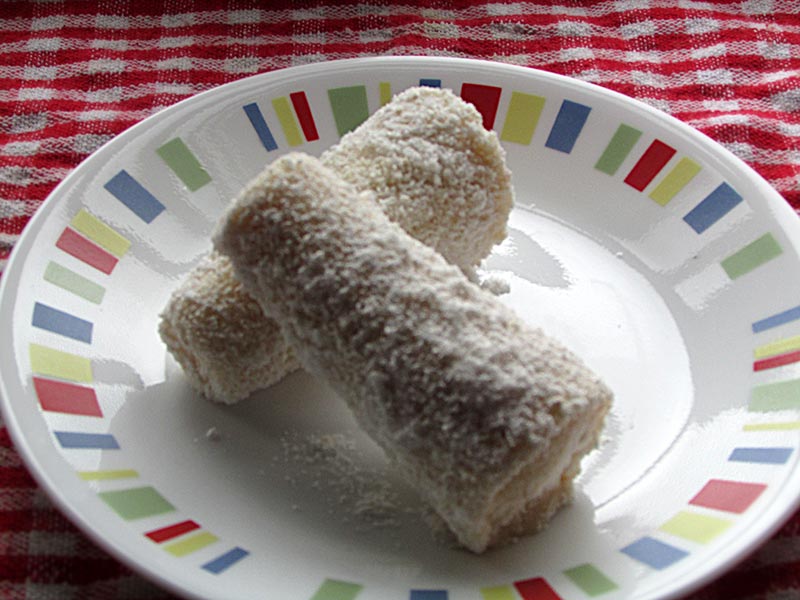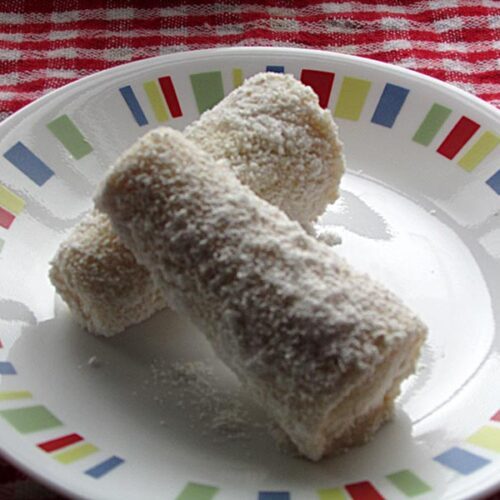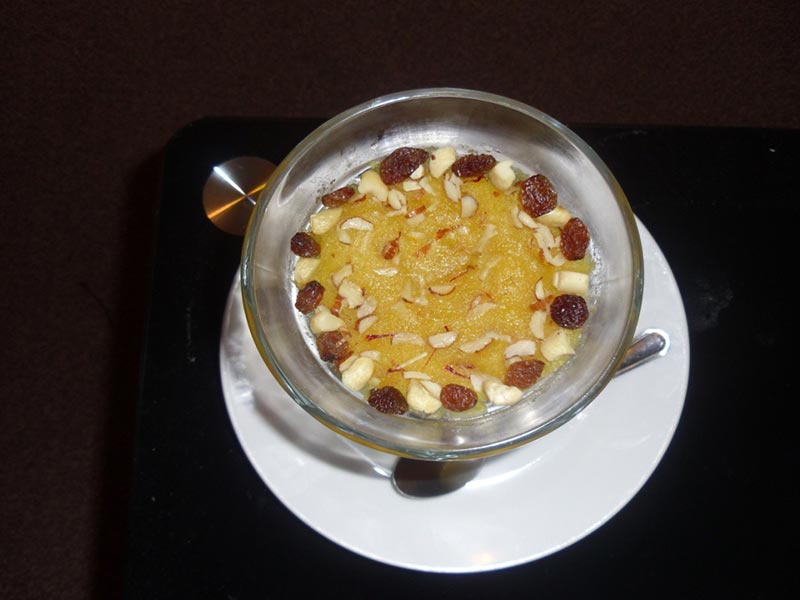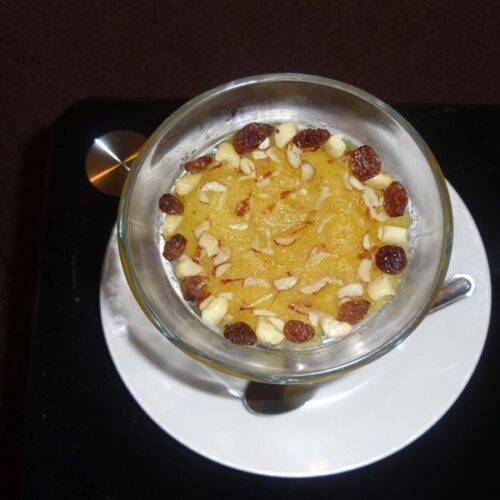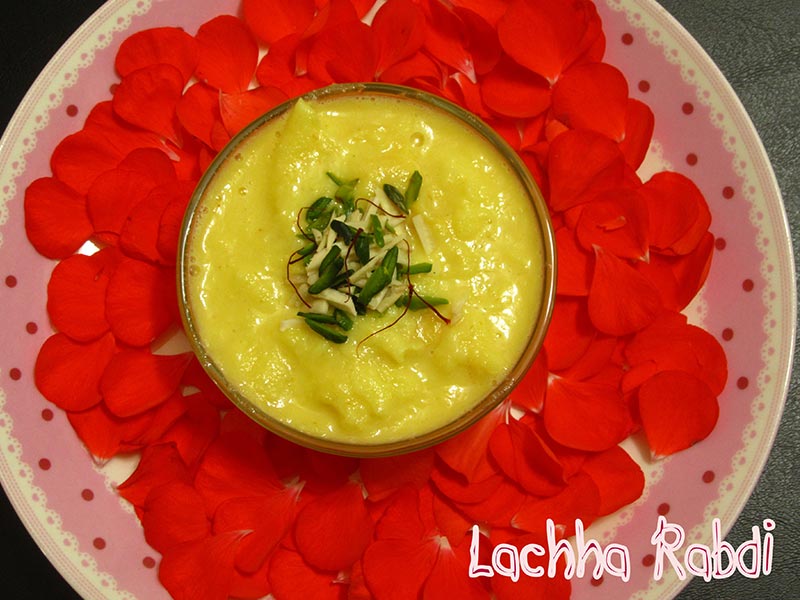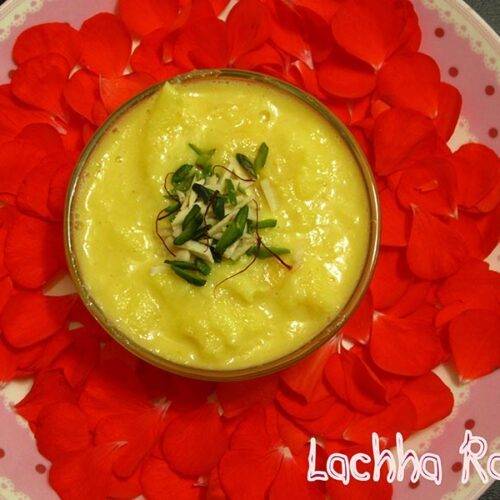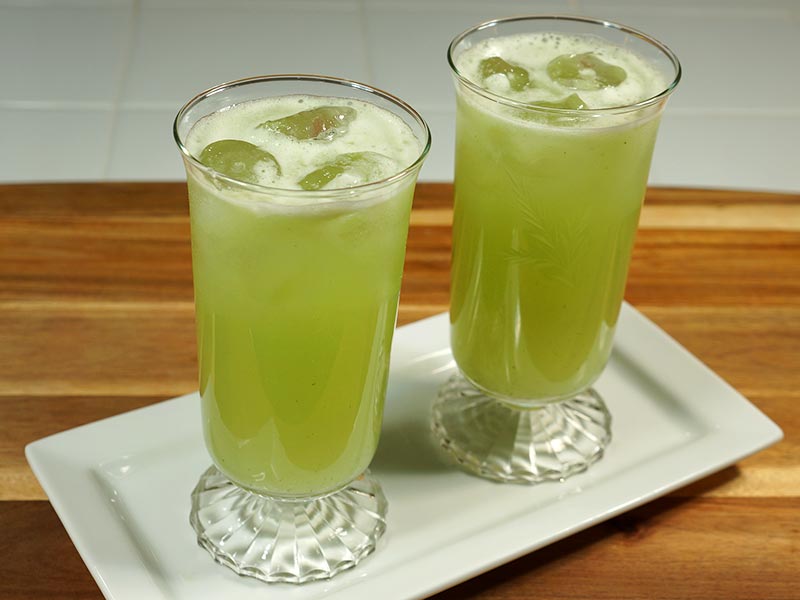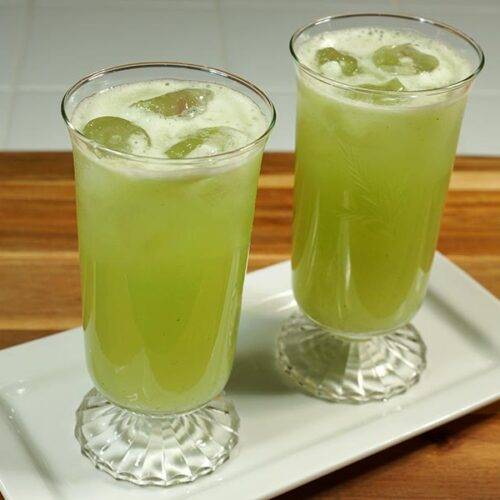Tomato Rice (Pulao)
Ingredients
- 1 cup rice
- 3 tomatoes chopped, will make 1-1/2 cup chopped tomatoes
- 3 tablespoons oil
- 1/4 cup raw shelled peanuts
- 1 teaspoon mustard seeds
- 1 green chili chopped
- 1/4 teaspoon turmeric
- 3 teaspoons samber powder, available in Indian grocery store
- 1-1/2 teaspoo n salt
- 1/4 cup cilantro (hara dhania) chopped
- 2 cups of water
Instructions
- Wash and soak the rice in about 3 cups of water for at least 15 minutes. Drain the water and set aside.
- Heat the oil in a saucepan over medium heat. When moderately hot, add mustard seeds.
- When the seeds cracks add peanuts and stir fry for one minute until peanuts are lightly golden brown.
- Add about 1 cup chopped tomatoes, green chili, turmeric, sambar powder, salt and cilantro, cook until tomatoes are tender. This should take about 2 minutes.
- Add rice and 2 cups of water mix and bring it to boil, lower the heat to low and cover the pen. Let it cook for about 18-20 minutes. Cook until rice is soft and water has evaporated.
- Stir the rice gently and add the remaining tomatoes stir gently, cover the pan and let it cook for 2 more minutes.
- Serve rice by it self or with yogurt.
Delicious Tomato Pulao Recipe: How to Make Tomato Pulao
Tomato pulao is a gluten free, flavorful, kid friendly and aromatic rice dish originating from Indian cuisine. It is made by cooking rice with a mixture of tomatoes, spices, and other ingredients. Typically, the dish begins by tempering mustard seeds and peanuts in hot oil, followed by adding chopped tomatoes, green chilies, turmeric, sambar powder, salt, and cilantro.
-
Soaking Rice for Flavorful Tomato Rice Dish
Embark on the journey of making tomato pulao by ensuring that the rice is clean and ready for cooking. Begin by thoroughly washing the rice to remove any impurities, ensuring a clean and pristine base for your dish. Once washed, soak the rice in about 3 cups of water for at least 15 minutes. This crucial step helps to soften the rice grains, allowing them to cook evenly and absorb the rich flavors of the tomato pulao recipe. After soaking, drain the water and set the rice aside, eagerly awaiting its transformation into a delicious and aromatic dish of tomato pulao rice.
-
Tempering Oil and Stir-Frying: Enhancing Flavor in Tomato Pulao Rice
In a saucepan heated over medium heat, initiate the flavor infusion process by adding oil and mustard seeds. Allow the oil to heat up to a moderate temperature, then add the mustard seeds and let them crackle, releasing their aromatic essence. Once the mustard seeds crackle, introduce peanuts to the pan and stir-fry for about a minute until they turn lightly golden brown. This step adds a delightful crunch and nutty flavor to the tomato pulao, elevating its overall taste and texture to new heights.
-
Cooking Tomato Mixture: Infusing Flavors into Tomato Pulao Recipe
The heart of any tomato pulao recipe lies in its flavorful base. To create this base, add chopped tomatoes, green chili, turmeric, sambar powder, salt, and cilantro to the saucepan. Allow the mixture to cook until the tomatoes are tender, typically taking about 2 minutes. These flavorful ingredients work in harmony to infuse the rice with a burst of deliciousness, setting the stage for a mouthwatering tomato pulao experience that will tantalize your taste buds and leave you craving for more.
-
Simmering Rice: Perfecting Tomato Rice Pulao
Once the tomato mixture has cooked to perfection, it’s time to introduce the star ingredient – the soaked and drained rice. Add the rice to the saucepan along with 2 cups of water, ensuring that everything is mixed well to distribute the flavors evenly. Bring the mixture to a gentle boil, then reduce the heat to low, cover the pan, and let the rice simmer for about 18-20 minutes, or until it becomes soft and the water has evaporated. After cooking, gently stir the rice and add the remaining tomatoes, incorporating them into the dish with care. Cover the pan once again and let it cook for an additional 2 minutes to ensure that all the flavors meld together perfectly, creating a harmonious symphony of taste and aroma.
-
Serving Tomato Rice Pulao: Enjoying the Flavorful Rice Dish
With the tomato pulao cooked to perfection, it’s time to indulge in its flavorful goodness. Serve the dish by itself as a main course or pair it with yogurt for a satisfying and wholesome meal that will leave you feeling nourished and satisfied. Whether enjoyed as a standalone dish or as a side, tomato pulao is sure to impress with its vibrant flavors, aromatic spices, and irresistible appeal. So gather your loved ones, sit back, and savor every mouthful of this delightful and comforting tomato rice pulao.
If you loved how to make tomato pulao recipe then you must also check out other variants of Rice: Vegetable Biryani, Masala Khichdi, Chhole Biryani, Quinoa Vegetable Pilaf and Lemon Rice.


